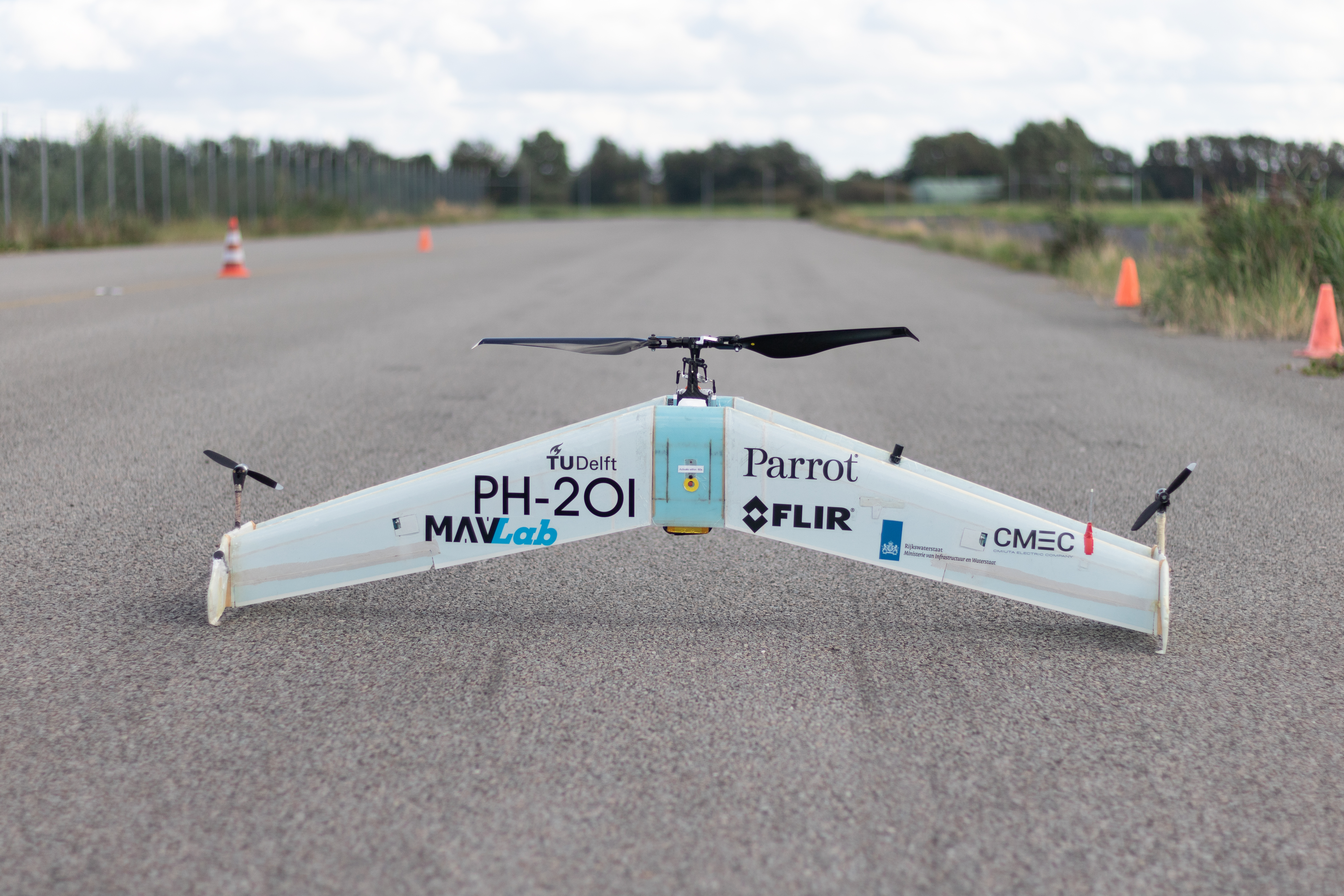Delft drone tests new sense-and-avoid technology in Australian outback
Researchers at Delft University of Technology (TU Delft) have developed new technology that enables a drone to record all stationary and moving objects (such as trees, masts, birds of prey, helicopters) during autonomous flight and continuously alter its flight path to avoid them. The technology will be put to the test between 24 and 28 September during the international UAV Medical Express Challenge in Australia. The aim of the new technology, which one day might be used in medical emergencies, for instance, is to make autonomous flight in drones more affordable.
Outback Joe
The UAV Medical Express Challenge in the Australian wilderness revolves around virtually ‘saving’ Outback Joe, a person trapped in a flooded area in Queensland. Outback Joe is not feeling well, and after consulting with his doctor, the decision is made to take a quick blood sample for testing. The team's mission is to get the sample, which Joe can take himself, to a lab quickly.
Participating teams are given approximate details of Outback Joe's location, around 30 km away. The drone has to find Joe and land as close as possible to, but no nearer than, 30 m to him. Joe has to give the blood sample to the drone, which will take it back to base for medical analysis. All of this needs to happen within an hour.

Dynamic flight
‘What is new this year is that the drone must fly completely autonomously in a large area with no-fly zones, including dynamic no-fly zones, such as a moving helicopter, a hot air balloon or a large bird of prey', says project manager Bart Remes of the participating team from Delft. The drone must find a safe and the shortest possible way to fly about 30 kilometres independently, identify Outback Joe and land at a safe distance from him.
The sense-and-avoid technology is key. ‘We have done a great deal of research in Delft with drones that have to identify obstacles and fly around them (or, sometimes, pick them up)’, Remes explains. ‘The drone uses its own speed and direction (vector) and the vectors of all other moving objects in the area, and continuously uses this input to decide on the best flight path. We at TU Delft have learned a lot about dynamic flying in recent years, and now we can test it in practice. This is important, because drones can only be of real help in medical situations and emergencies if they are able to fly safely and autonomously and economically.’
delftAcopter
The team in Delft have developed a hybrid delftAcopter that takes off like a helicopter before tilting 90 degrees and then continuing to fly like an aeroplane. The drone does this using a single large propeller, which means that it has hardly any unnecessary control surfaces on board when in flight. This makes the small, unmanned aircraft suitable for providing medical aid in difficult-to-reach areas, for example. The delftAcopter was first tested at the previous UAV Medical Express Challenge in 2016, where it took second place.
More information
Website UAV Medical Express Challenge
Updates team Facebookpage delftAcopter
Website delftAcopter
The drone and the team members are currently in Australia. For interviews (by telephone or Skype), you can contact project manager Bart Remes at B.D.W.Remes@tudelft.nl, or on +61431275240.
